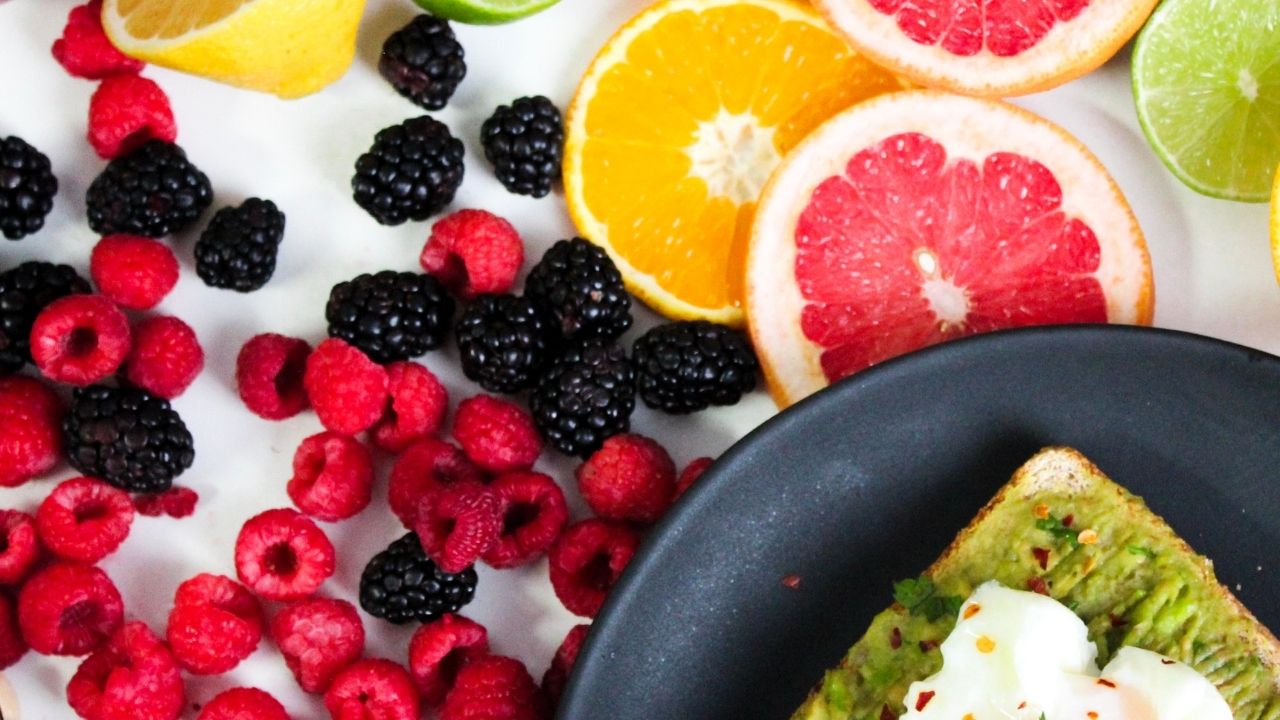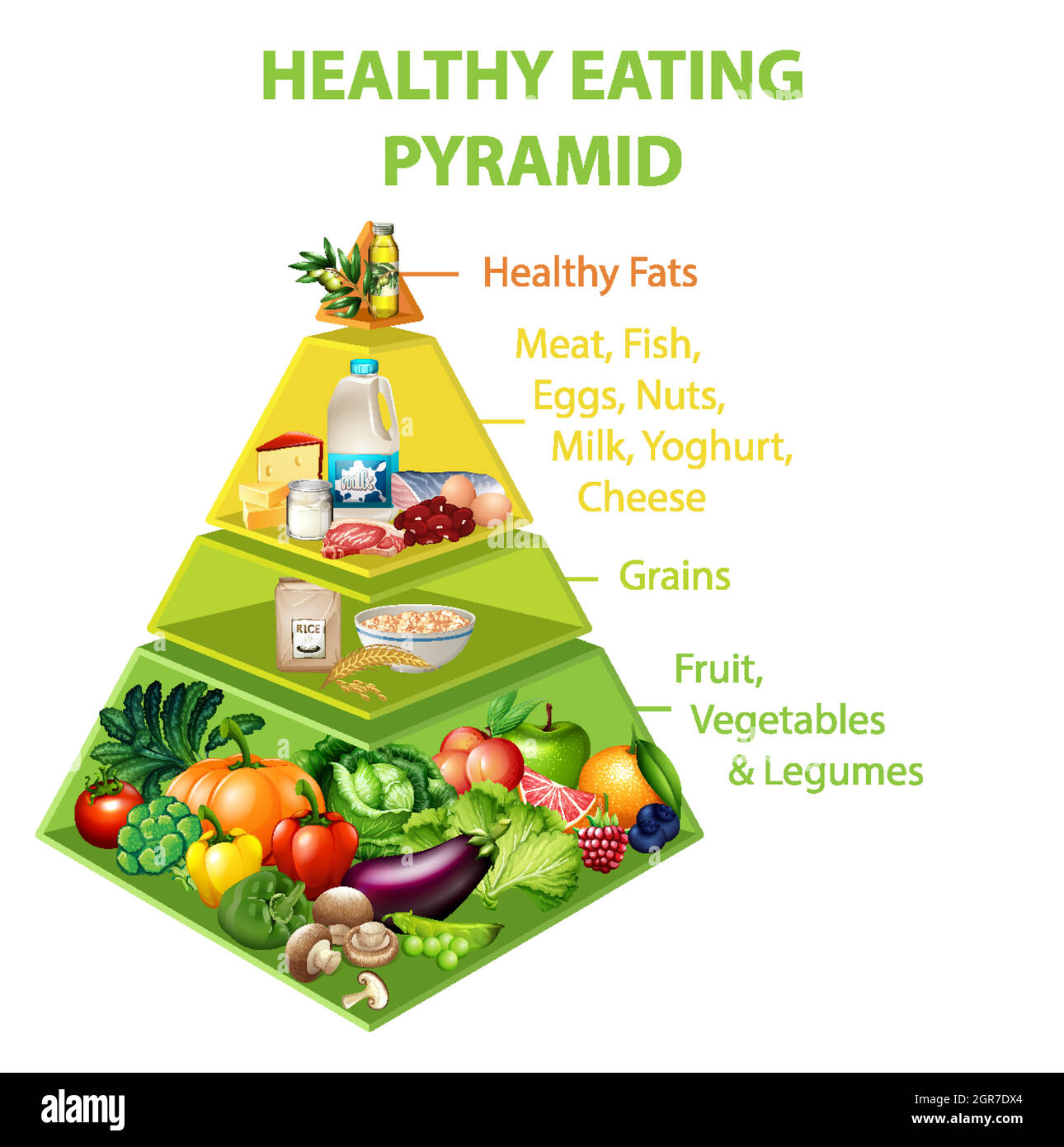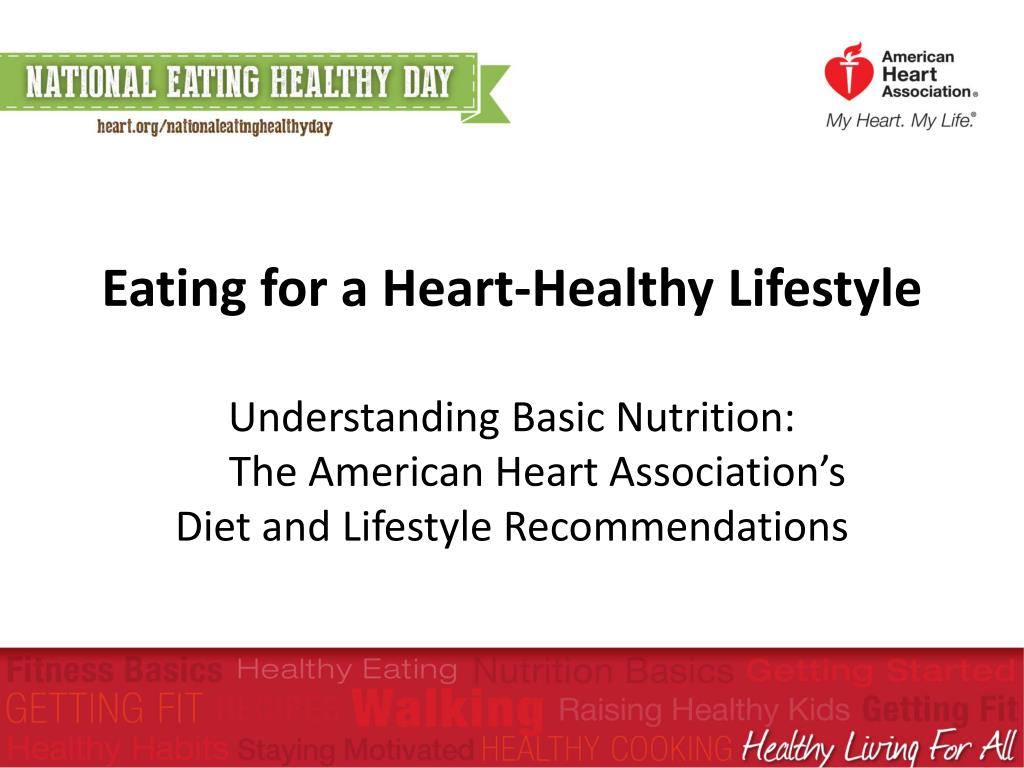
Many people don't realize how much fiber whole grains contain. Four grams of fiber is found in a typical whole grain loaf of bread. Whole grains contain more fibre than refined white bread and no preservatives. In some recipes, whole grains can be substituted with white flour. But it's not as easy as sprinkling a handful on your cereal every day. Here are some tips that will help you get more fiber in your everyday grains.
Whole grains, which are rich in fiber, help to keep your bowel movements normal. They reduce the likelihood of diverticulosis which is inflammation of the colon walls that causes pain and constipation. Lactic acid is found in them, which aids the body to absorb nutrients and promotes the growth of good bacteria. They promote digestion and support immunity. This combination of nutrients will help you keep your digestive system healthy.

The U.S. Department of Agriculture recommends that half of your grains be whole. The U.S. Department of Health and Human Services recommends three portions of whole grain per day. There are different recommendations for fiber. Young children require 19 to 25 grams of fiber per day, while adults need 21 to 38 grams. The study also included a comparison on the intake of whole grains and fiber in other foods.
Whole grains are a great source of fiber, even though they can be hard to digest. They have multiple benefits and are a great way to get more fiber in your diet. They also contain a wide range of vitamins and mineral. They can be substituted for processed foods if vegans are present. They have similar health advantages. You don't have to be a vegetarian or vegan. Increased intake of whole grains can help prevent constipation, gas, and other issues later in your life.
Whole grains may not sound like a good option for your diet. They contain a lot of fiber and great sources of nutrients. Whole grains can not only prevent constipation but also help with allergies and asthma. They also lower your cholesterol and triglycerides, which are two of the major risk factors for heart disease. It is possible to add them to your daily intake of fiber. You can do it with brown rice.

Your intake of whole grains is a good way to increase your fiber intake. The USDA recommends that you eat between five and eight servings of grains each day, with half of these being whole grain. A serving is equivalent to one-half ounce. Depending on how much you eat, you can substitute refined products with a higher-fiber product. You can also choose to eat whole grains if you don't want any refined flour.
FAQ
What can I drink during intermittent fasting in the morning?
Drink water before you go to bed at night. This will make you feel fuller and give you energy all day. Add lemon juice or cucumber pieces to spice it up.
How often do people fast?
Most people who adhere to a ketogenic lifestyle fast only once per week. Some people fast twice weekly. Others fast three or more times per week.
The length of each fast varies too. Some people fasted for 24 hours and others for 48 hours.
Some people will even travel more than 72 hours. But, such extreme cases are rare.
How long should I fast intermittently to lose weight
It is not as easy as you think. There are many factors that need to be taken into consideration when deciding how many days of fasting is necessary for optimal fat loss. These are:
-
Your age. Your age. Intermittent fasting is more difficult for younger people under 40. You have less time to recover each day from fasting. However, intermittent fasting may be too difficult for older people (over 60) who might not have the energy to continue a long period of daily fasting.
-
Your current body composition. You'll be most successful if you have lots of muscle mass. Shorter fasting might be more appropriate for you if you have less muscle mass.
-
How physically active. To ensure adequate rest between workouts, you might need to extend your fasting period if you exercise frequently.
-
Your health history. People with heart disease, diabetes, and cancer may require extra fasting monitoring.
-
What is your tolerance for stress? Stress can cause us to eat more. To avoid this problem, you may need to increase the length of your fasting windows.
-
Which type of diet you choose. Certain diets, like ketogenic diets, may require even longer fasting periods.
-
The quality of sleep you receive. A decreased quality of sleep can also be linked to decreased appetite and metabolism. Therefore, it may take some experimentation before determining what works best for you.
-
Your daily intake of protein. Protein stabilizes blood sugar levels. Therefore, eating more protein could result in lower insulin levels. This would allow one to fast for longer periods.
-
No matter if you are trying gain or lose weight. People trying to gain weight often need longer fasting periods than people trying to lose weight.
-
What proportion of calories do your fasting hours allow you to consume? Fasting fewer calories per day may result in greater fat loss than fasting for more calories per day.
-
Your overall fitness. Fasters who are very fit tend to have higher metabolic rates, which allows them to burn more calories throughout the day.
-
Your gender. Men tend to have greater appetites that women, so they may need a longer fast. Women have smaller appetites than men, so they may need to fast just 20-30 minutes each day.
-
Your lifestyle. Are you someone who gets plenty of physical activity? Do you workout several times each week? Are you a worker who sits at a computer all day? These factors could affect how much you should fast.
-
How much money are you willing to spend on food? You don't have to spend much on groceries to eat healthy food. Whole grains are better than white bread and whole fruits are better than candy bars. Lean meats can also be saved.
-
How important it can be to control your appetite. You don't have to skip meals if you don’t want to.
What foods will help me lose weight more quickly?
Consuming fewer calories is a great way to lose weight quickly. There are two methods to accomplish this.
-
Reduce the amount of calories you consume daily.
-
Through physical activity, you can increase the amount of calories that you burn.
It's easy to reduce how many calories you consume. There are calorie-laden fast food options all around us. Here's how to lose those extra pounds.
-
Beans are high on fiber and protein. They are low in calories, so they're a good choice for people who want to lower their caloric intake.
-
Oatmeal contains low calories and high amounts of nutrients like magnesium, potassium, and other nutrients. Oatmeal is lower in sugar than other cereals.
-
Eggs are high on cholesterol and protein. Eaten eggs one or two times a week can help boost metabolism and allow you to burn more calories.
-
Whole grain bread may help you feel fuller, longer.
-
Dark chocolate is rich in antioxidants and flavonoids. These substances have been shown to improve heart health and lower blood pressure.
-
Cottage cheese is high in calcium, which helps to build strong bones. Cottage cheese is also a good source for vitamin D which helps boost immunity.
-
Salmon is packed with omega-3 fatty acids, which promote brain development and improve cardiovascular function.
-
Green tea is rich in catechins, compounds which fight cancer and increase metabolism.
-
Broccoli has a lot of folic, which can lower homocysteine in the blood. Homocysteine high levels are associated with increased heart disease risk and stroke.
-
Yogurt is a great way to add probiotics into your diet without loading up on added sugars. Probiotics are vital for good digestive health.
-
Berries can be a healthy snack choice that tastes great and is very nutritious. All fruits, including blackberries, blueberries, raspberries, raspberries, cranberries and strawberries, are rich in vitamins and minerals.
-
Avocados are high in healthy fats. A half avocado contains 80 calories and plenty of fiber.
-
Nuts are a delicious snack option and a great source protein. You can choose from cashews or hazelnuts, almonds, walnuts or pecans.
-
Sweet potatoes are another starchy vegetables that are high in beta carotene. They make your skin glow. Because they have higher levels of beta carotene, the orange sweet potatoes are more beneficial than regular sweet potatoes.
Statistics
- One 6-month study showed that simply doing 11 minutes of strength-based exercises 3 times per week resulted in a 7.4% increase in metabolic rate, on average. (healthline.com)
- According to a study sponsored by the American Council on Exercise, a person weighing around 140 pounds (64 kg) would burn 108 calories at a 30-minute beginner's Pilates class or 168 calories at an advanced class of the same duration (26). (healthline.com)
- According to Harvard Health, it's estimated that a 155-pound (70-kg) person burns roughly 112 calories per 30 minutes of weight training (5). (healthline.com)
- Among women, the increase in metabolic rate was nearly 4%, or 50 more calories per day (14Trusted Source (healthline.com)
External Links
How To
How to Intermittent Fasting
Intermittent fasting refers to a diet where you only eat one day per semaine, typically Monday through Friday. This diet aims to lower your overall calorie intake, while still ensuring you get enough nutrition. It's believed that this helps burn fat faster than if you were eating normal meals throughout the entire week.
The most common form is to limit calories for certain days. This would mean that you skip breakfast each morning, and then eat whatever food you like throughout the day. You could also choose to eat three small meals daily rather than two large ones.
Many forms of intermittent fasting are available, such as alternate day fasting (5/2 fasts), 8/4 fasts and 16/8 fasts. There are pros and con's to every type of intermittent fasting. Alternate day fasting, which doesn't require you to change your lifestyle, is the best way to get started. However, some people find it difficult to stick to a strict schedule like this, so they might prefer to try other methods first.
If you want to try intermittent fasting, I suggest starting with alternate-day fasting. This will allow your lifestyle to be gradually altered while you transition into more extreme fasting.